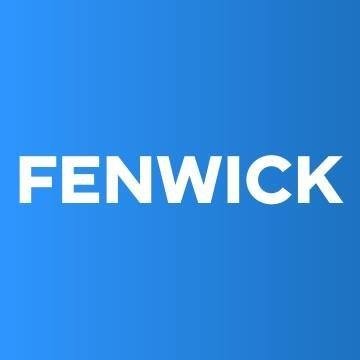Best Tax Increment Financing Lawyers in New York
Share your needs with us, get contacted by law firms.
Free. Takes 2 min.
List of the best lawyers in New York, United States
About Tax Increment Financing Law in New York, United States
Tax Increment Financing (TIF) is a public financing method used to support community development and revitalization projects. In New York, TIF is employed as a tool to encourage economic development in areas that are declining or underdeveloped. The primary goal is to stimulate public and private investment by redirecting the increased property tax revenues generated by the improved value of the area. Local governments create TIF districts, designate projects, and use future tax increases to finance current improvements, essentially making these projects self-sustaining over time.
Why You May Need a Lawyer
There are several scenarios where individuals or entities might require legal assistance with TIF in New York:
- Establishment of a TIF District: Creating a TIF district involves complex legal processes, including drafting ordinances, negotiation with local authorities, and ensuring compliance with state and local laws.
- Project Development: Engaging in a development project within a TIF district requires navigating contracts, zoning laws, and potential environmental regulations.
- Dispute Resolution: Disagreements can arise between developers, government entities, and the community regarding project impacts, financing terms, or tax revenue distribution.
- Compliance and Accountability: Ongoing compliance with financial reporting and use of funds according to TIF guidelines needs to be managed and monitored.
Local Laws Overview
Key aspects of local laws relevant to TIF in New York include:
- TIF District Creation: Requires local government approval and a detailed plan showcasing expected costs and benefits.
- Eligible Projects: Commonly include infrastructure improvements, redevelopment projects, and community facilities.
- Revenue Use: Tax increments can be used to repay bonds or fund ongoing development-related expenditures.
- Public Hearing Requirements: Essential to ensure community involvement and transparency during the creation and operation of TIF districts.
Frequently Asked Questions
What is the primary purpose of TIF?
To finance redevelopment in underdeveloped or blighted areas through anticipated future increases in property tax revenues.
Can TIF funds be used for any type of project?
No, TIF funds are typically used for project-specific improvements, such as infrastructure, environmental remediation, or community facilities, that benefit the designated area.
Who initiates the creation of a TIF district?
Local government authorities usually initiate TIF district creation, though it may result from a proposal by developers or community organizations.
How long do TIF districts last?
The lifespan of a TIF district may vary, but it generally ranges from 15 to 30 years, allowing enough time for the development to generate expected tax increments.
Are all properties in a TIF district subject to increased taxes?
No, TIF does not impose new taxes. Instead, it reallocates the incremental increase in property taxes resulting from enhanced property values post-development.
Do TIF districts require voter approval?
TIF districts typically require approval through public hearings rather than a direct public vote.
Is it possible to contest a TIF district proposal?
Yes, stakeholders, such as property owners or community groups, can raise objections during public hearings or challenge decisions based on procedural missteps.
Can TIF financing cover the entire cost of a project?
Usually, TIF financing is part of a broader financial package, with additional funding sourced from private investments or grants.
What happens once a TIF district terminates?
Once a TIF district ends, the increased property taxes revert to the standard distribution among local taxing bodies.
How are project impacts measured in a TIF district?
Impact assessments involve analyzing economic, social, and environmental outcomes, often accompanied by reports submitted for local government review.
Additional Resources
For further information and guidance on TIF in New York, you may find the following resources helpful:
- Office of the New York State Comptroller: Offers reports and guidelines on local government finance and TIF.
- New York State Department of Taxation and Finance: Provides information on tax policies and procedures relevant to TIF.
- Economic Development Agencies: Local agencies may offer insights, assistance, and data related to economic development initiatives and TIF districts.
Next Steps
If you require legal assistance in navigating Tax Increment Financing in New York, consider the following steps:
- Consult with an experienced attorney specializing in municipal finance, economic development, or real estate law.
- Attend public meetings and engage with local economic development authorities for informational insights and networking.
- Gather documentation and detailed project plans to facilitate effective discussions with legal professionals.
- Be proactive in understanding both current TIF laws and upcoming legislative changes that may affect your situation or interests.
Disclaimer:
The information provided on this page is for general informational purposes only and does not constitute legal advice. While we strive to ensure the accuracy and relevance of the content, legal information may change over time, and interpretations of the law can vary. You should always consult with a qualified legal professional for advice specific to your situation. We disclaim all liability for actions taken or not taken based on the content of this page. If you believe any information is incorrect or outdated, please contact us, and we will review and update it where appropriate.

















